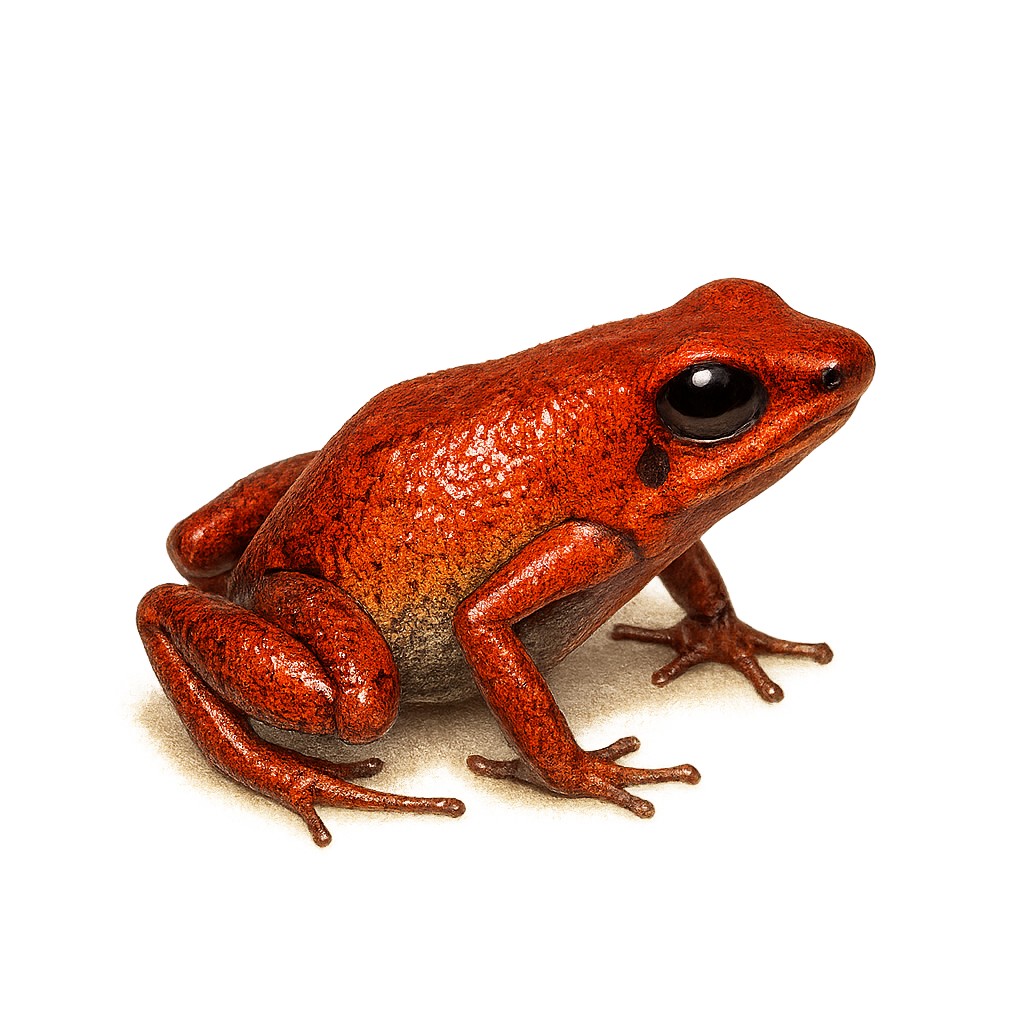Your wildlife photography guide.
Explore the steyermark's poison frog in detail, study its behavior, prepare your shots.
Where to observe and photograph the steyermark's poison frog in the wild
Learn where and when to spot the steyermark's poison frog in the wild, how to identify the species based on distinctive features, and what natural environments it inhabits. The WildlifePhotographer app offers tailored photography tips that reflect the steyermark's poison frog’s behavior, helping you capture better wildlife images. Explore the full species profile for key information including description, habitat, active periods, and approach techniques.
Steyermark's Poison Frog
Scientific name: Minyobates steyermarki

IUCN Status: Vulnerable
Family: DENDROBATIDAE
Group: Amphibians
Sensitivity to human approach: Suspicious
Minimum approach distance: 2 m
Reproduction period: May to August
Incubation: 14–18 jours
Births: June to September
Habitat:
Tropical forests, humid undergrowth
Activity period :
Primarily active during the day, with peak activity in the morning and late afternoon.
Identification and description:
The Steyermark's Poison Frog is a small, brightly colored frog endemic to the tropical forests of Venezuela. It is characterized by its vivid skin, often red or orange with black spots, which serves as a warning to potential predators due to its potent toxins. Measuring about 2 cm, it is primarily terrestrial and feeds on small insects. Its natural habitat is threatened by deforestation, making it a vulnerable species. It plays a crucial role in the ecosystem by controlling insect populations. Its reproduction is complex, involving parental care where tadpoles are transported on the adults' backs to water bodies.
Recommended lens:
Macro – adjust based on distance, desired framing (portrait or habitat), and approach conditions.
Photography tips:
To photograph the Steyermark's Poison Frog, prioritize a discreet and patient approach. Use a macro lens to capture the details of its colorful skin. Look for areas of natural light filtered through foliage for well-lit shots. Avoid sudden movements that might scare the frog. Taking photos early in the morning or late in the afternoon can offer soft light and calmer conditions. Be mindful of the environment to avoid disturbing its fragile habitat.
The WildlifePhotographer App is coming soon!
Be the first to explore the best nature spots, track rutting seasons, log your observations, and observe more wildlife.
Already 1 430 wildlife lovers subscribed worldwide

